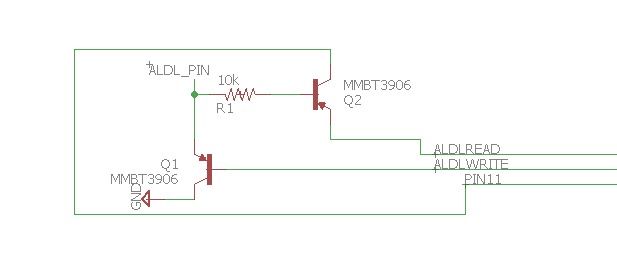I forgot about the older 160 baud version, My '94 is most definitely 8190 as I have played with it in the past. The caprice moved to ODBII/J1850 in late 1995 for the PCM but based off what I have seen so far apparently it only involved the PCM since people have downgraded '96 vehicles to the '95 PCM and vise versa. Since I have access to the 8192 baud version that will likely be the only version I would be interested in getting to run.
Looks like I will be heavily involved in creating the J1850 protocol so I should be able to build the software for ALDL as well. Enough information out there to get it working well. Likely will have to have a Lawcel version and a legacy compatibility later for it so it can be used by software already in existence.


